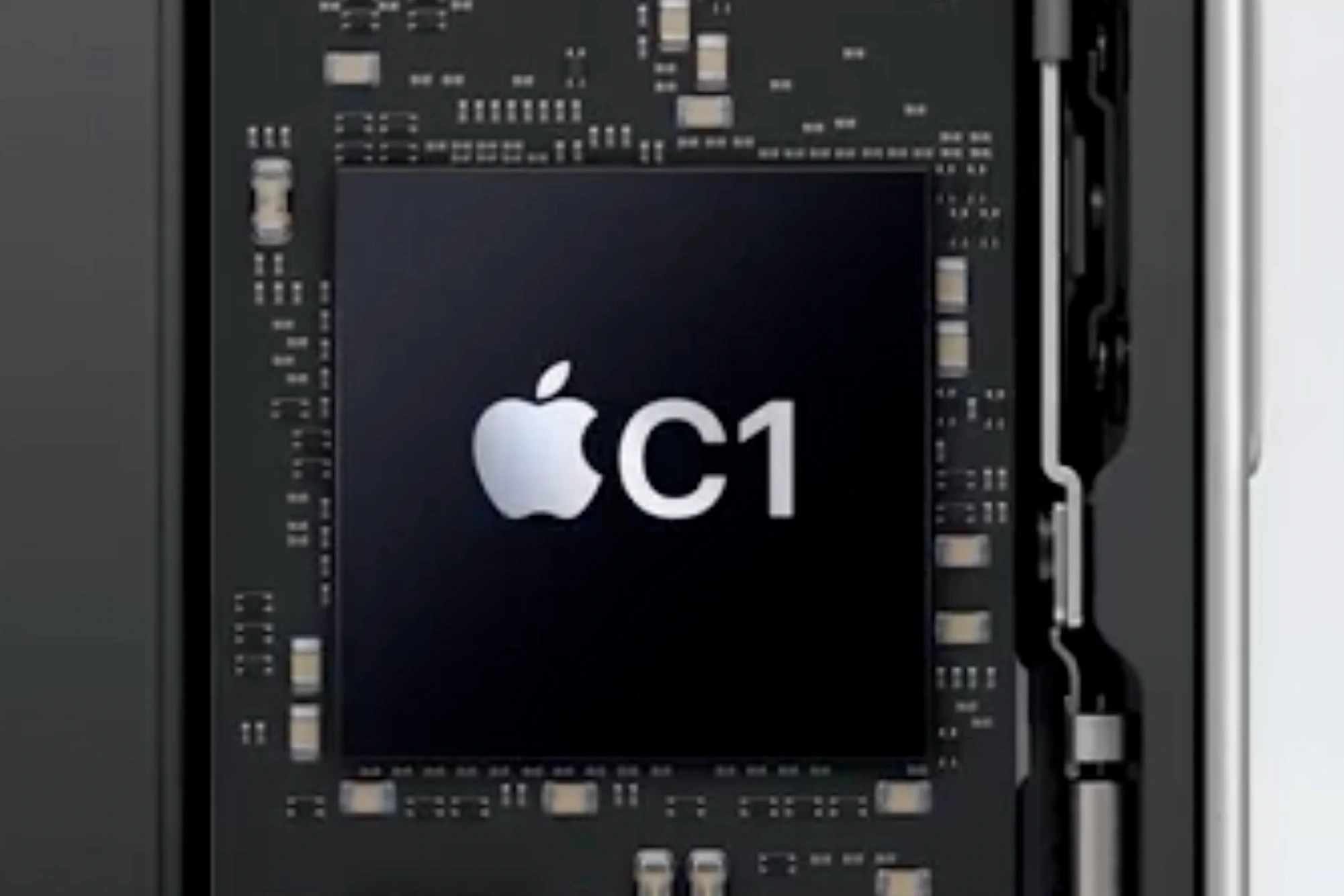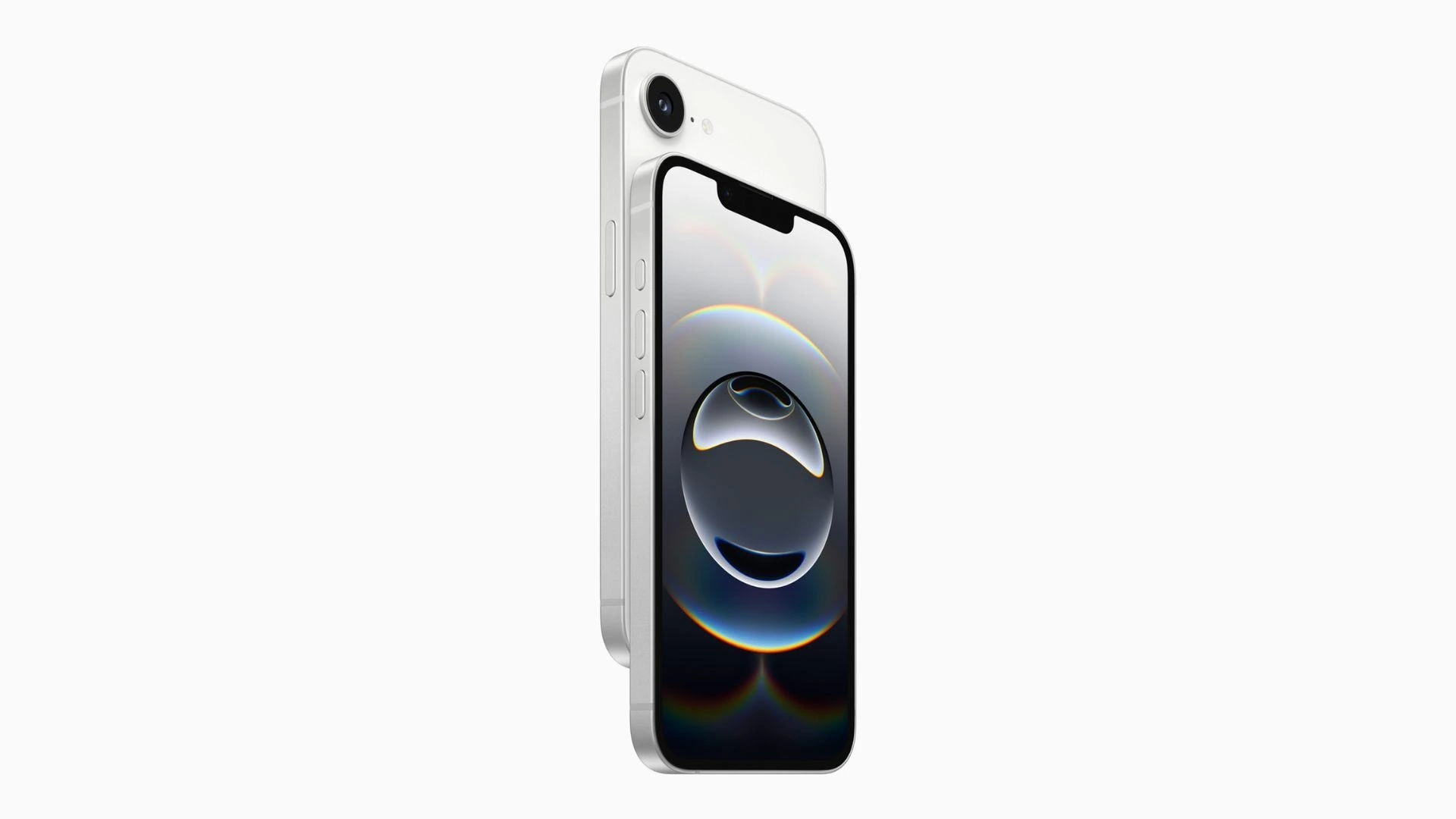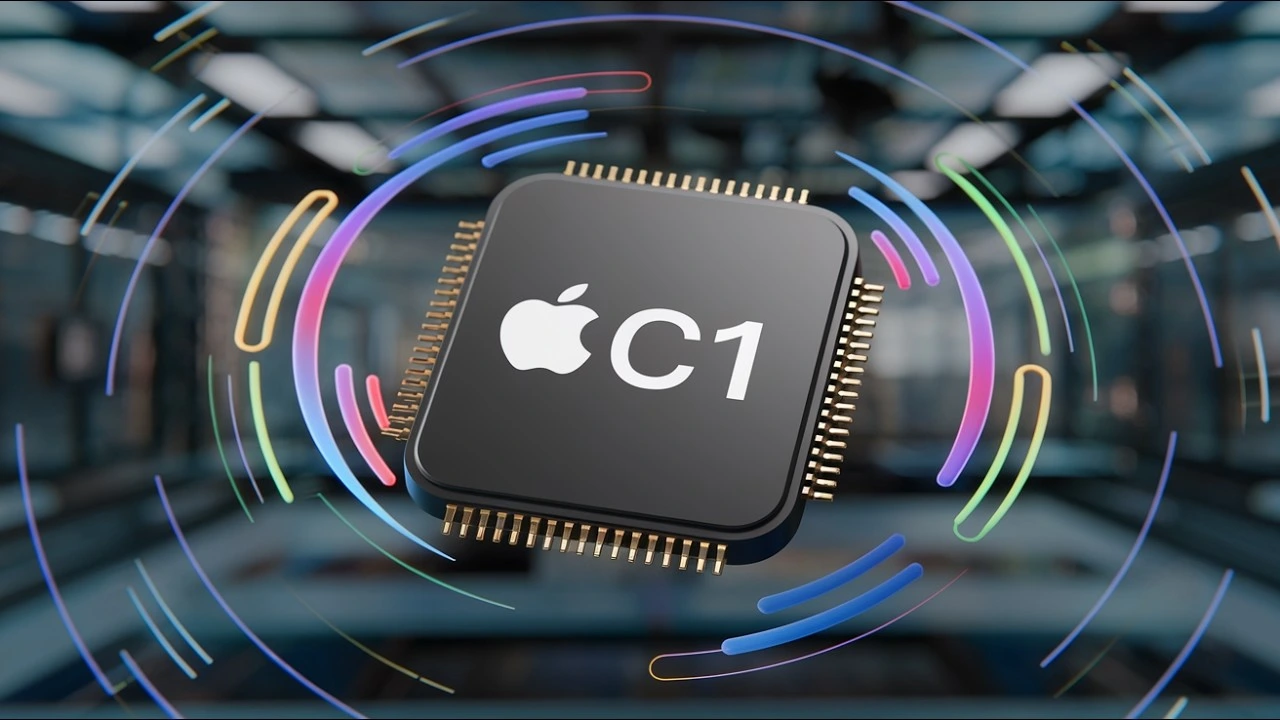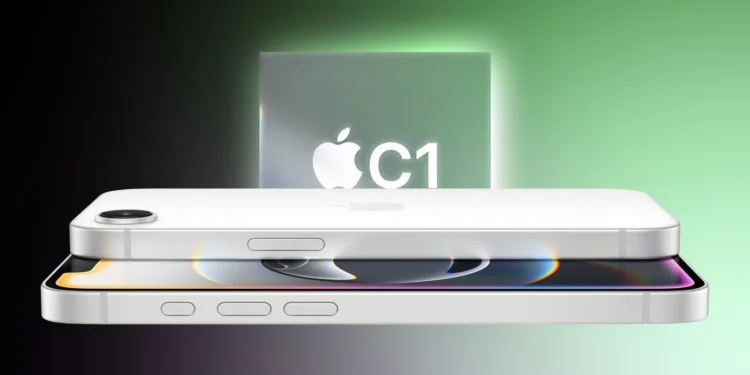In a bold move that could reshape the future of smartphone technology, Apple recently unveiled its first-ever in-house cellular modem, the C1, during the launch of the new iPhone 16e. This device, positioned as a more affordable option in Apple’s lineup, marks a significant shift from the company’s previous reliance on third-party modem suppliers. However, it’s the potential future developments surrounding this modem that are stirring the tech community.
The iPhone 16e, priced at $599, not only debuts the C1 modem but also features the advanced A18 chip, albeit with a modified configuration of four GPU cores. Despite these impressive specifications, Apple has dubbed the C1 modem “the most power-efficient modem ever in an iPhone,” suggesting a strong focus on enhancing battery life and overall performance efficiency.

Apple’s Long-term Vision: Integration of Modem and Processor
According to renowned tech journalist Mark Gurman from Bloomberg, Apple’s ambitions go beyond merely crafting its own modem. The tech giant is reportedly planning a significant technological consolidation. Gurman notes, “Apple intends to eventually meld the modem component into the main processor.” This strategic integration could revolutionize device architecture by reducing energy consumption and lowering production costs, setting a new standard for compact and efficient design in electronics.
However, enthusiasts and industry watchers may need to temper their immediate expectations. The integration of the modem into the main processor isn’t expected until 2028 at the earliest. In the meantime, Apple is continuing its development with the successors of the C1 modem, the C2 and C3, which are already in testing phases.

What This Means for the Tech Industry
Apple’s strategy to integrate the modem with the processor mirrors its ongoing commitment to control more aspects of its hardware design. This approach not only allows Apple to fine-tune the performance and efficiency of its devices but also reduces its dependence on external suppliers. For the consumer, this could mean more powerful yet more energy-efficient iPhones that could handle more intensive tasks without a significant impact on battery life. The broader implications for the tech industry could be just as profound. Apple’s move could spur competitors to also accelerate their in-house development efforts in chip and modem technology, potentially leading to a new era of integrated device processing technologies across the industry.

Looking Ahead: The Road to Integration
While we anticipate the arrival of integrated modem-processor chips in the latter half of this decade, Apple’s current focus remains on refining its standalone modems. The iPhone 16e might not have been the game-changer consumers hoped for in terms of new features explicitly designed around the C1 modem. Yet, it represents a pivotal first step in Apple’s journey towards a more integrated, efficient, and powerful future in mobile technology. As we look to the future, the convergence of modems and processors may well become a benchmark for the industry, heralding a shift towards devices that are not only smarter and faster but also more harmonious in their internal design. For now, Apple continues to lay the groundwork for what could be the next big revolution in smartphone technology.










